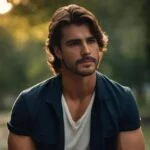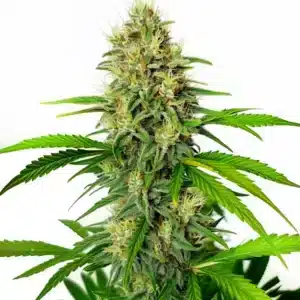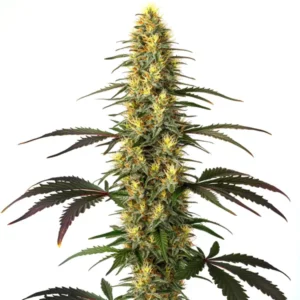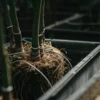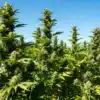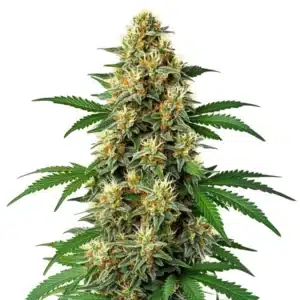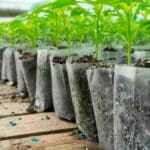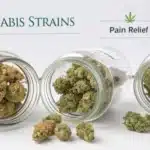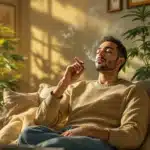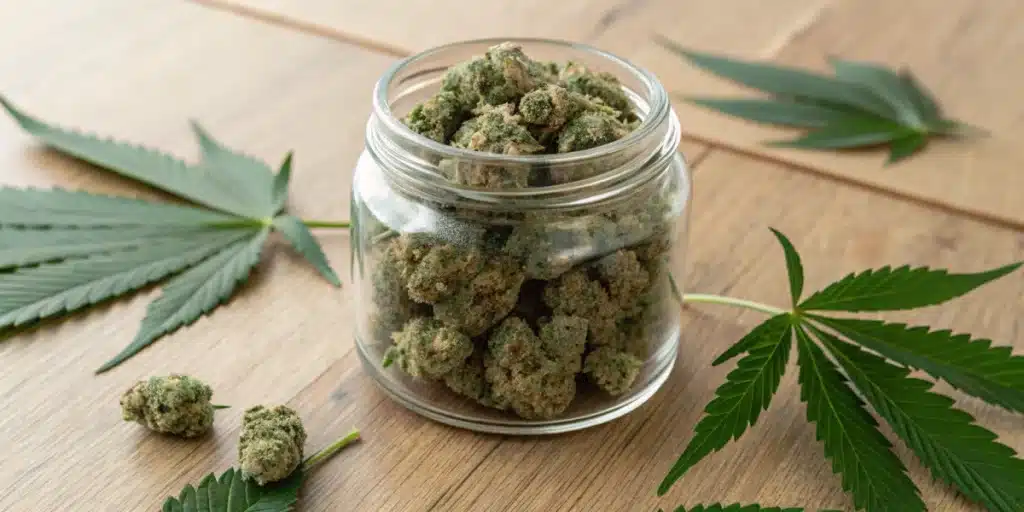
90’s Weed Strains: Retro Classics and Their Unique Appeal
Characteristics of 90’s Weed Strains
Distinctive Flavors and Aromas
The 1990s were a significant era for cannabis strains, with classics like White Widow, Northern Lights, and Jack Herer gaining popularity. These strains emerged or became widely known during this decade and continue to be favorites today.
Growers in the 1990s nurtured plants that boasted earthy pine notes alongside bright citrus bursts. In many crops, spicy peppery hints cut through the richness, giving each puff a multi‑layered taste. Some breeders selected parent plants for their sweet berry scents, creating a fragrant profile that filled small rooms with nostalgia. Fans still chase those profiles for their depth and natural balance.
Recommended Strains
9 Pound Hammer
|
|
THC | 18% - 23% (Medium) |
|
|
Type | Feminized |
|
|
Yield | High |
|
|
Phenotype | 80% Indica / 20% Sativa |
Budmint
|
|
THC | 17% - 22% (Medium) |
|
|
Type | Feminized |
|
|
Yield | Medium |
|
|
Phenotype | 60% Indica / 40% Sativa |
Beyond taste, aroma guided users to particular cuts. Early enthusiasts formed tasting notes, comparing lavender‑like scents against diesel‑tinged cousins. That practice laid the groundwork for modern terpene analysis and flavor charts.
Potency and Effects
Back then, breeders focused on boosting THC without losing balance. By the late ’90s, some selections hit THC levels above 15%, surprising casual users and setting fresh benchmarks. Consumers felt clear mental lifts that sparked creativity and eased stress. Some hybrids blended calming physical relief with uplifting head trips, making sessions both social and introspective.
Continuous selection also improved cannabinoid ratios. Growers learned to stabilize CBD levels, smoothing anxiety spikes in sensitive users. That balance still delights today’s connoisseurs who seek clarity without over‑intensity.
Genetics and Lineage
The 1990s was a pivotal decade for breeding, as this is when growers began to intentionally cross varieties from different continents to dramatically increase the potency and create novel flavors in the plants. Original landrace varieties from Asia, Africa and South America formed the backbone of these new hybrids. Breeders tapped those regional traits to enhance plant vigor and adapt to indoor environments. Over time, standout lines like Malawi Gold, Thai Stick and Colombian Gold entered breeder catalogs.
Mid‑decade, Skunk #1 and Super Silver Haze emerged as superstar parents. Their reliable growth patterns and pungent scents made them prized in both backyard gardens and experimental labs. That focus on genetic heritage still shapes revival projects and inspires seed banks to archive true heirloom cuts.
Promos & Deals
Historical Context of 90’s Cannabis
The Cultural Impact of 90’s Strains
In the 1990s, plant culture shifted from hidden circles to public curiosity. Music stars and filmmakers wove cannabis imagery into their art, driving mainstream fascination. That visibility boosted demand and spurred local reform efforts in California and parts of Europe. Head shops and private clubs emerged in urban centers, offering fans a safe space to explore new cuts.
Early web forums and zines became hubs for reviews and grow guides. Enthusiasts compared flavor notes, posting detailed harvest logs long before social media took off. That peer‑to‑peer exchange forged tight networks and accelerated breeding breakthroughs.
Popular Varieties of the Decade
Skunk #1 led the charge with its reliable growth and pungent scent, making it a favorite among home growers and breeders alike. Meanwhile, Haze strains offered energetic, cerebral highs and spicy citrus tones that fueled artistic sessions. This era gave birth to legendary sativa-dominant hybrids like Jack Herer and the original Amnesia, which are still celebrated today for their powerful effects.
Other classics included Northern Lights, prized for its resinous buds and calming body lift. Then came Cheese, revered for its sharp, savory aroma and clear‑headed buzz. Each of these varieties defined the era and continues to influence modern crosses.
Market Trends in the 90’s
Demand rose steadily as small dispensaries sprouted in select regions. Craft cultivators labeled each jar with origin notes and harvest dates, establishing a premium segment in an underground scene. Prices climbed alongside rarity and strength. Trademark battles over catchy names began to surface, marking the dawn of branding in plant culture and paving the way for the dispensary landscape we see now.
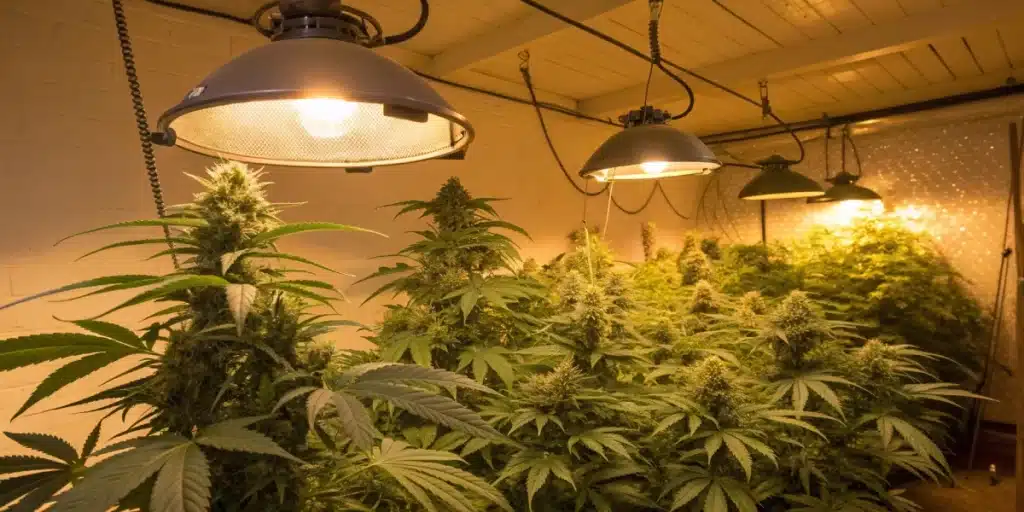
Cultivation Techniques in the 90’s
Outdoor crops relied on seasonal cycles and natural light. Companion planting helped repel pests organically. Indoor growers built makeshift tents and used high‑intensity discharge lamps to mimic sun cycles, experimenting with soil mixes and early hydroponics.
By the mid‑90s, innovators developed feminized seed techniques, a leap that cut out male plants and boosted bud production. Breeders published detailed lineage charts in print and on nascent web forums, strengthening trust and shaping modern seed‑bank practices.
Modern Appreciation of 90’s Strains
Resurgence in Popularity
Enthusiasts now seek out heritage varieties to taste the authentic 90’s weed strains experience. Craft cultivators stress open‑pollinated seeds and heirloom cuts. Many shops feature these lines as limited‑edition releases, driving excitement and quick sell‑outs. Bloggers and podcasters dedicate episodes to rediscovering classic profiles, further fueling demand.
Social platforms amplify buzz as influencers share grow logs, smoke reviews and terpene breakdowns. That visibility pushes more breeders to reintroduce vintage cuts. In turn, collabs between legacy breeders and new talent bring fresh takes on old favorites, blending tradition with innovation.
Retrospective Reviews and Testimonials
Longtime users compare memories with fresh samples, noting how modern cuts capture or shift original characteristics. Some report that present‑day cultivars deliver cleaner burns and more consistent moisture levels. Others highlight subtle changes in aroma intensity and effect onset time. Cultivators publish side‑by‑side tests, measuring THC, terpene profiles and moisture ratios in detailed charts.
Testimonials often praise the balanced highs and deep flavor layers found in original genetics. That feedback guides further breeding and preservation efforts. Meanwhile, community forums archive user experiences to help new fans navigate the heritage scene.
Preservation of Genetic Heritage
Seed banks now archive rare heirloom varieties under climate‑controlled conditions. Collectors donate original cuts to institutions dedicated to biodiversity. That work ensures that classic samples survive for future study and revival projects. Some banks also share seeds with academic researchers to evaluate cannabinoid and terpene evolution over time.
Breeders use cryopreservation and tissue culture to maintain sterile lines and prevent genetic drift. In partnership with growers, scientists document each strain’s growth traits, flavor profiles and cannabinoid ratios. These collaborations protect the integrity of heritage genetics and inspire new generations of cultivators.

FAQs about 90’s weed strains
What makes 90’s strains unique compared to today’s cannabis?
Growers of the 90s focused on rich flavors and balanced highs instead of chasing maximum THC. Those selections deliver a nostalgic palette and mental clarity that many modern cuts lack. Fans value an authentic journey through the plant’s heritage, with each puff reflecting decades‑old craft.
Are 90’s weed strains still available on the market?
Yes, select breeders and seed banks offer heirloom seeds and clones from that era. Dispensaries sometimes list limited‑release jars under heritage collections. Online forums and grow clubs trade clones and seeds for collectors seeking original taste profiles.
How do cultivation techniques from the 90’s differ from modern methods?
In the 90s, growers mainly used soil and basic hydroponics with manual nutrient mixing. They relied on trial‑and‑error to dial in pH and feed schedules. Today’s farms use automated fertigation, LED lighting and real‑time environmental monitoring. Those advances boost yields but often trade off the craft feel of small‑batch grows.

